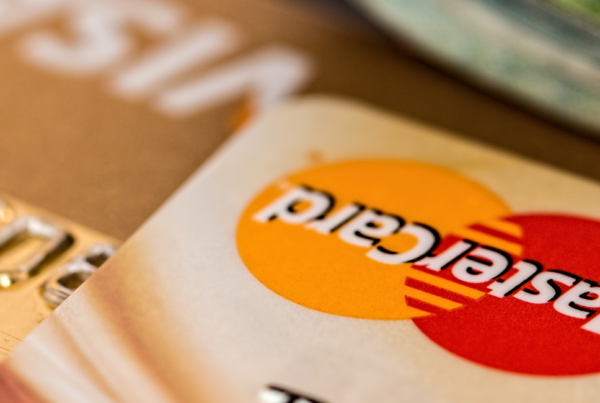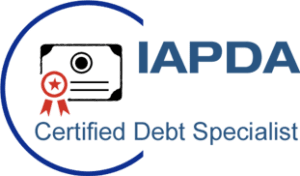
The financial struggle is all too real.
Most Americans have debt. So, if you’re like the average American earning a low wage, there’s a good chance you’re part of this number. A certain level of debt is fine, especially if it has to do with a financial goal like owning a home or studying for a degree. But, how much debt is too much? The simple answer is, if your monthly debt payments outgrow your monthly income.
This doesn’t happen over night, often there’s plenty of early indicators to avoid a situation like this. Generally, the problem we have as consumers, is acting on them. The reality is, once this has happened, you have far too much debt. The goal should be to know well before your debt exceeds your income. If you do find yourself in this position, you should consider amortization or other debt relief methods (debt settlement, debt consolidation or Chapter 7 Bankruptcy).
If you have good credit and all you have to deal with are mortgages, car payments or prime interest rates, you’re probably safe. However, if you fall into any of the criteria mentioned in this article, your debt is likely too much. If that’s the case, the financial struggle you’ll face repaying these high interest debts is challenging to say the least.
Here are some of the ways to know your debt is too much:
If your debt to income ratio is really high
You should pick up your calculator and check your numbers. Debt to income ratio (or DTI) is simply the debt you are dealing with divided by your gross income before taxes. When you multiply this figure by 100, you get a percentage. If you have less than 15%, you’re safe. 15% to 39% means you should be on your toes financially and get counseling on how to reduce your debt load (maybe by amortization). Anything above that would mean that you should start thinking of debt relief options to reduce your DTI.
If you have more bad debt than good debt
Good debt helps you acquire assets and other things of value like good businesses and education can help you provide more money or value for yourself. In this case you only have prime interest rates to worry about, so it’s no big deal. Bad debts are that don’t bring value to you like expensive car loans, luxury travels etc.
If you find yourself having more bad debt than good debt (whether you live on minimum wage or you earn significantly more), it’s probably time to reevaluate your means of living, and ensure you’re within them.
If you find it difficult to pay your debts and bills every month
For most people living on or just above minimum wage, life can be a constant financial struggle. Paying bills is usually a headache every single month, we aren’t talking about these people (because that’s almost every one). We’re talking about those who acquire more bills and debts each new month, resulting in their debt exceeding their income. Does this sound like you? You have too much debt and should seek a debt management program.
If your savings are zero
If you have drained your savings and you still have lots of debt to deal with, then you have too much debt. Many Americans don’t have much stored up in a savings account, so you don’t have to worry if that’s you. However, if you have debt even after emptying your savings to offset some old ones, then there is an issue.
We all face financial struggles at certain times in life. Understanding your debt, credit, and overall financial situation makes you an informed consumer. Avoiding debt is very difficult, and there is no one size fit’s all solution. The key is knowing when to ask for help.
Your partner in debt relief,
Consumer First Financial





